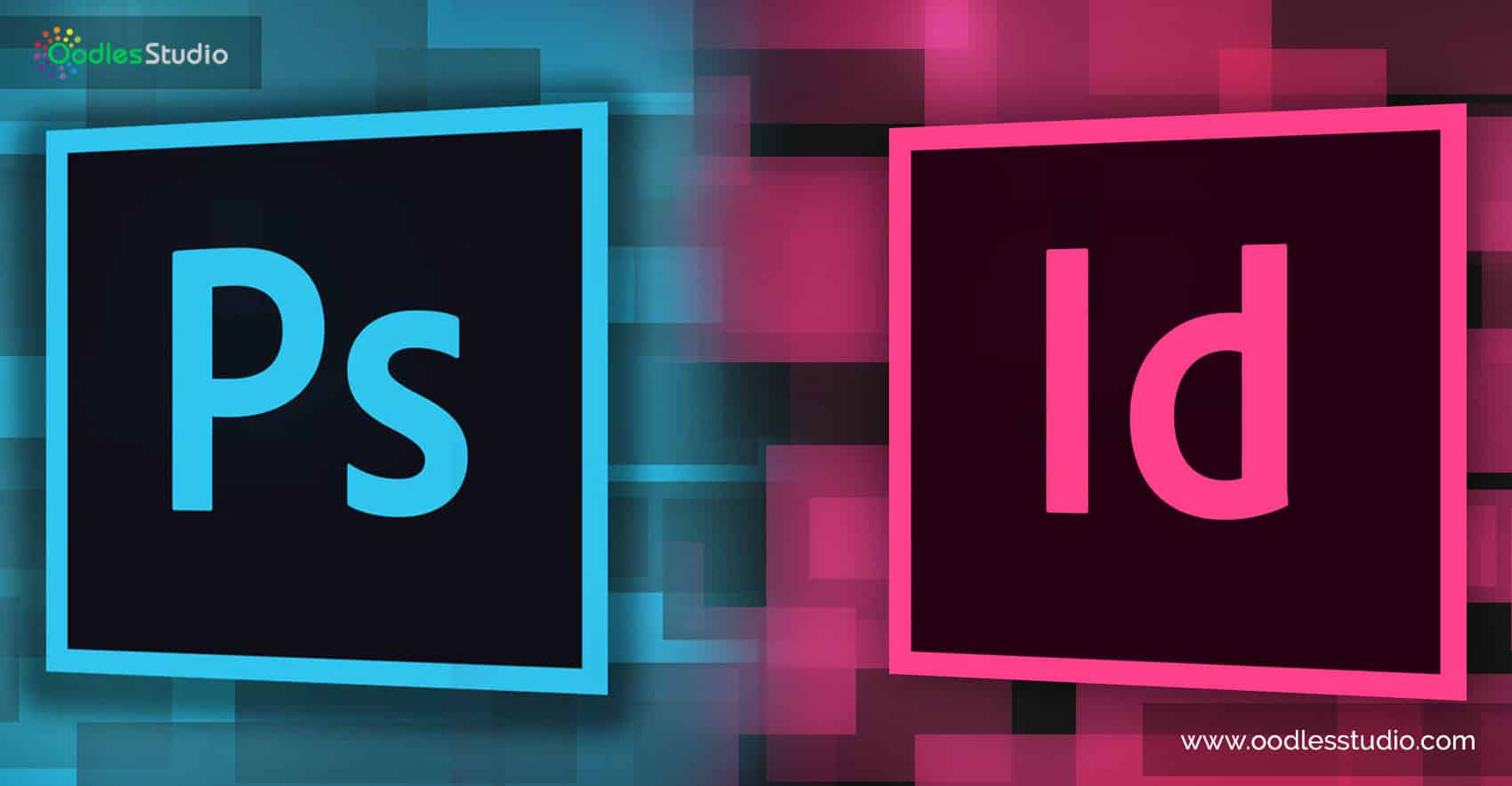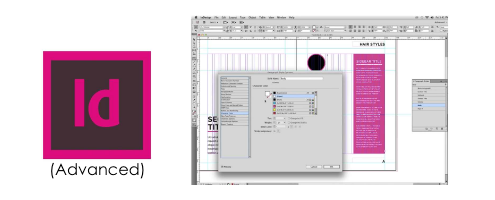


Moving vectors between Illustrator and InDesign That’s where the ability to move vectors becomes important. Someday you may find that you need the vector shapes created in one program in another. But there are vector tools in InDesign and Photoshop as well. Most designers use Illustrator to create their vector graphics. Unlike pixel art that can look lousy when scaled beyond a certain point, vectors are mathematical objects that can be scaled up and down with no loss of information. Selecting a region changes the language and/or content on (aka paths) are very powerful items. Other than Photoshop when you are creating high-resolution colorĬomposite proofs or separating a document in‑RIP or from a composite For best results,ĭo not include DCS 1.0 files or DCS 2.0 files created in programs InDesign can rebuild a composite image from DCS 2.0 or 1.0 separationsįiles, if the files were created in Photoshop. (The sole exception is made forĨ‑bit DCS files that were created in Photoshop and that do not contain vector In most cases, color separations files associated withĪ DCS image are excluded when you export or print a composite toĪ PDF, EPS, or PostScript file.

InDesign recognizes clipping paths in Photoshop-createdĭCS files are intended to be used in a preseparated, host-based Panel in InDesign.) The DCS 1.0 format supports CMYK files without spotĬhannels. (These spot channels appear as spot colors in the Swatches The DCS 2.0 format supports multichannel CMYK files with multiple For final output, either InDesign or your prepress service provider can automatically replace the proxies with high-resolution versions.Ĭolor Separations (DCS), developed by Quark, is a version of the standardĮPS format. EPS isn’t ideal for online publishing in HTML, but it works well for online publishing in PDF.ĮPS files can contain Open Prepress Interface (OPI) comments, which let you use fast, low‑resolution versions ( proxies) of images for positioning on a page.

This format includes all of the color and image data required to color-separate DCS images embedded in the EPS graphic. EPS allows for prepress-quality resolution, precision, and color. When you import an EPS file, any spot colors it contains are added to the Swatches panel in InDesign. InDesign recognizes clipping paths in Photoshop-created EPS files. Since PostScript cannot normally be displayed onscreen, InDesign creates a bitmap preview for an EPS file for onscreen display. Typically, EPS files represent single illustrations or tables that are placed into your layout, but an EPS file can also represent a complete page.īecause they are based on the PostScript language, EPS files can contain text, vector, and bitmap graphics. The Encapsulated PostScript (EPS) file format is used to transfer PostScript language artwork between applications, and is supported by most illustration and page-layout programs.


 0 kommentar(er)
0 kommentar(er)
